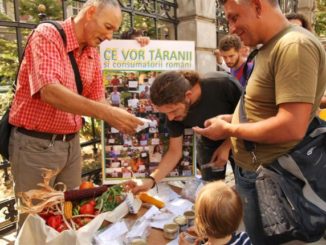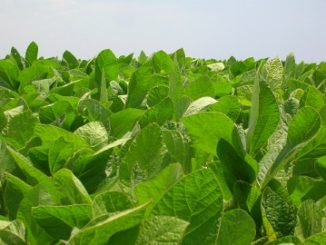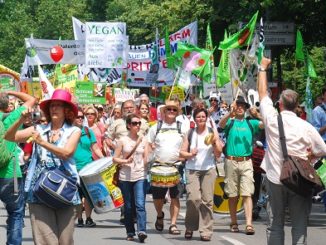Taken from original article by Stuart Meikle
 A frequent comment is that Romania lacks a vision for its agriculture. From topographic and farming perspectives Romania is, however, a country of two halves. And they are very different halves: one is an ‘ugly sister’, the other a ‘Cinderella’ in waiting. Consequentially, Romania needs two visions and two strategies.
A frequent comment is that Romania lacks a vision for its agriculture. From topographic and farming perspectives Romania is, however, a country of two halves. And they are very different halves: one is an ‘ugly sister’, the other a ‘Cinderella’ in waiting. Consequentially, Romania needs two visions and two strategies.
The two halves can be defined as the ‘flatlands’ and the ‘highlands’. Anyone who knows Romania will recognize the topographical sense in this; the plains of the south, south-east, west and north-east and the highland Carpathian-Transylvania region. But why do they warrant different strategic approaches?
The flatlands
Romania has a long-held fascination for its flatlands – its historic breadbasket. Level, easily-worked soils that can captivate any visually-aware agriculturalist: A fascination that was fully indulged in the communist-era. Over the past 20 years, the flatlands have attracted the attention of local and foreigner investors alike: now home to most of Romania’s major farming companies. Farm size also creates a differential between the two ‘halves’. A half-a-million hectares is farmed by the largest seventy or so.
But behind their alluring façade, the flatlands have their problems. Given a simple arable-crop approach, the farms have to compete with the major South American commodity producers and, locally, Ukraine and, Russia. Although large in an EU context, their operational size is not great, rather it is small within a global context.
The highlands
So what about Cinderella, Romania’s highland region? The Carpathian-Transylvanian region has farmed landscapes suited to smaller-scale, mixed-farming. It is a region suited to the production of more natural and for some organic products. Its natural beauty and its heritage provide a superb back-drop for the creation of a high-quality, natural-foods brand. Put simply, upland Romania’s agrarian future lies as a producer of higher-quality, more-natural, value-added, food-products. That is what the region’s natural resources indicate. They are not suited to basic commodity production for a global market.
As a consequence of history and topography, the highlands will continue to be home to smaller farms. Helping them to evolve is now the challenge. They have received too little support to date. By chance these farmers are also the custodians of some of Europe’s most important (farmed) landscapes and the biodiversity therein.
Europe wants a ‘greener’ agriculture. Many EU consumers want more natural food products. There is greater demand for farmers to manage landscapes and to preserve biodiversity. Within the highland regions there is the opportunity to take full advantage of all these consumer and policy-driven trends, if only Romania recognized it.
Find the full article here Romania Insider




